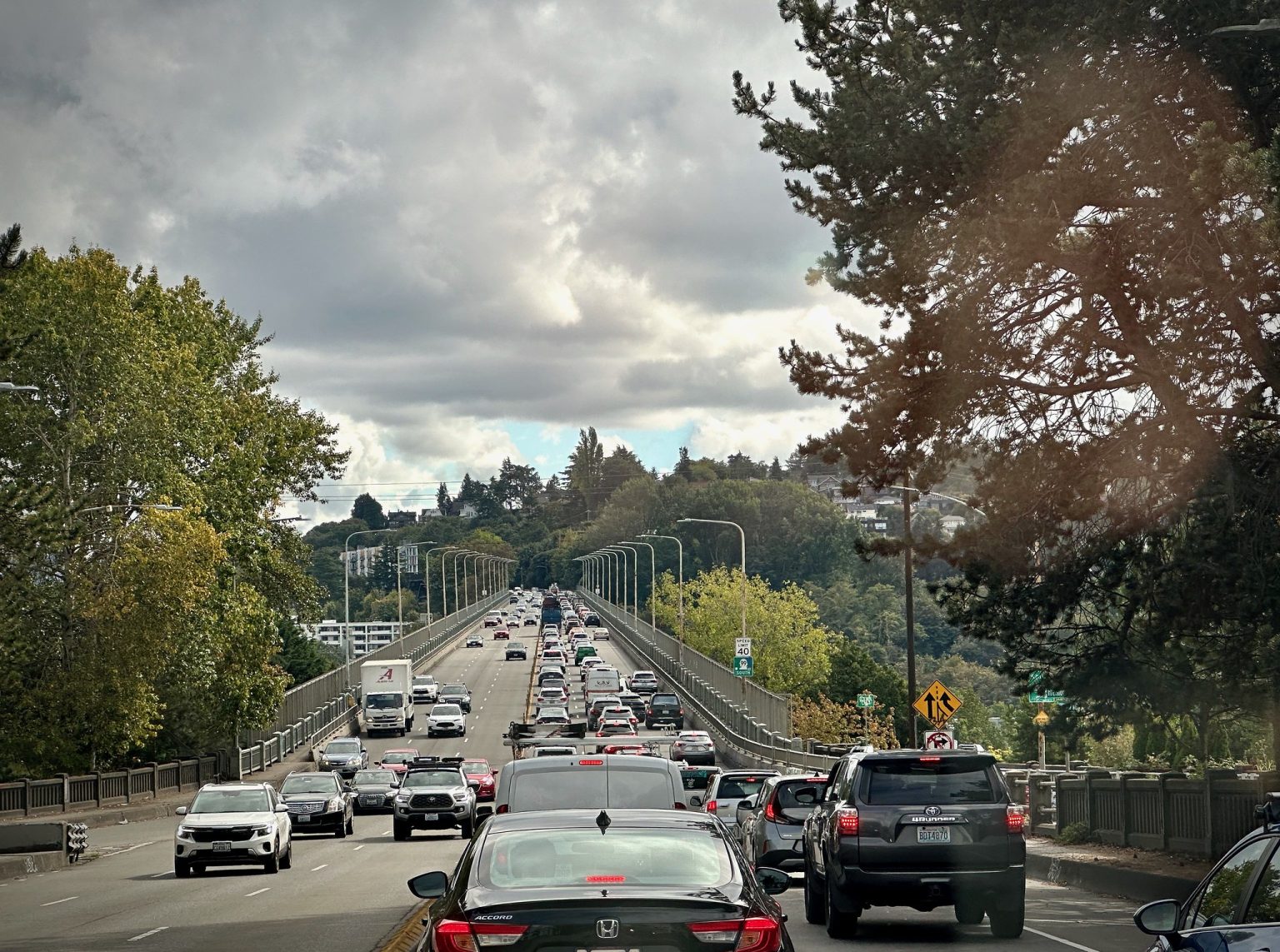In 2024, Seattle saw a 9% increase in traffic congestion as more employees returned to the office. This led to drivers losing an average of 63 hours to traffic delays, costing individual drivers an estimated $1,128 in lost time and productivity. Seattle ranked as the 10th worst city for congestion in the U.S., with the trend expected to continue due to Amazon’s full-time return-to-office policy. Amazon, as the largest employer in Seattle, has around 50,000 workers in the city and another 12,000 in neighboring Bellevue. Other major employers in Seattle have also enforced strict return-to-office policies, leading to a decrease in remote work rates.
Seattle’s congestion is exacerbated by the high concentration of employment in its downtown area, with 10% of the city’s jobs located there, comparable to cities like New York and San Francisco. The city’s geography with water bodies and canceled highway construction projects from the 1960s and ’70s further constrain travel corridors. Despite an increase in transit use and car commuting from 2022 to 2023, Seattle still faced a decrease in transit alternatives compared to pre-pandemic levels. The opening of more light rail stations in recent years has helped meet some of the region’s transportation demand.
The Washington State Department of Transportation is starting a three-year project to improve Interstate 5 in Seattle, which is expected to cause significant traffic backups. This project may push more commuters towards light rail and other transit options, although the system could be maxed out as it is not very large. Other tech hubs like San Francisco have also seen an increase in return-to-office figures and rising traffic congestion, with a 24% drop in work-from-home numbers from 2022 to 2023. Traffic congestion in the region rose by 2% last year, indicating a broader trend in tech cities experiencing similar challenges.
Seattle expects continued traffic congestion due to the return to the office policies of major employers like Amazon and Starbucks. The city’s geography and historical decisions on highway construction influence the traffic patterns observed currently. Despite recent improvements in transit infrastructure, Seattle commuters still face challenges in finding alternative transportation methods to reduce congestion on roadways. The upcoming infrastructure projects, such as the “Revive I-5” initiative, are aimed at improving the city’s transportation infrastructure, but they may cause temporary disruptions for commuters. Overall, Seattle and other tech hubs are grappling with rising traffic congestion as employees return to in-person work, highlighting the need for sustainable transportation solutions in urban areas.


